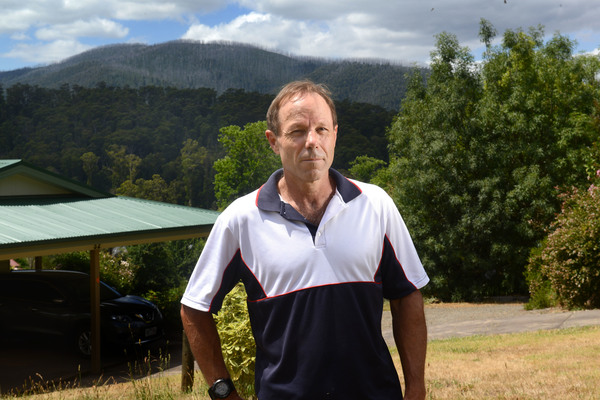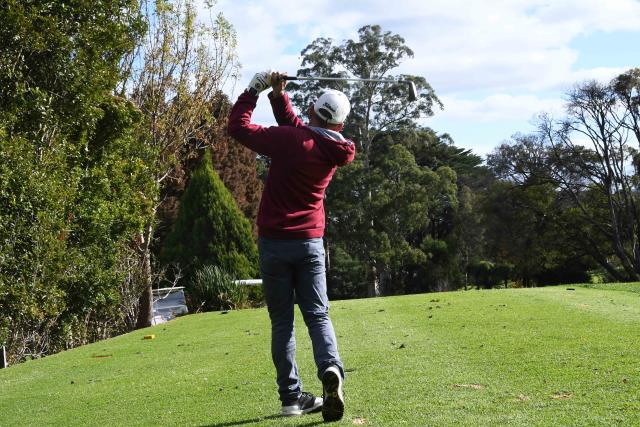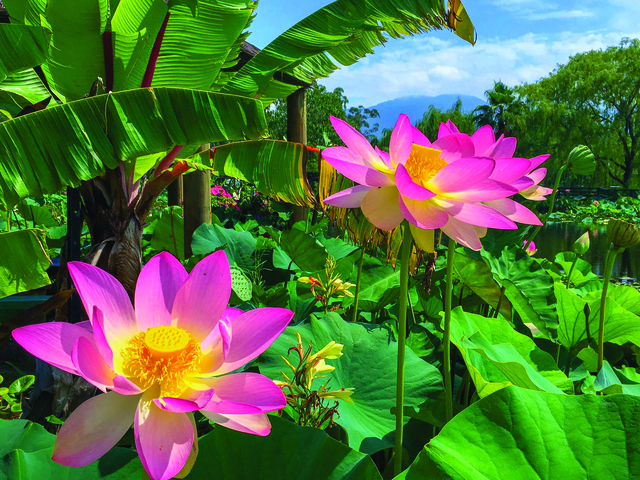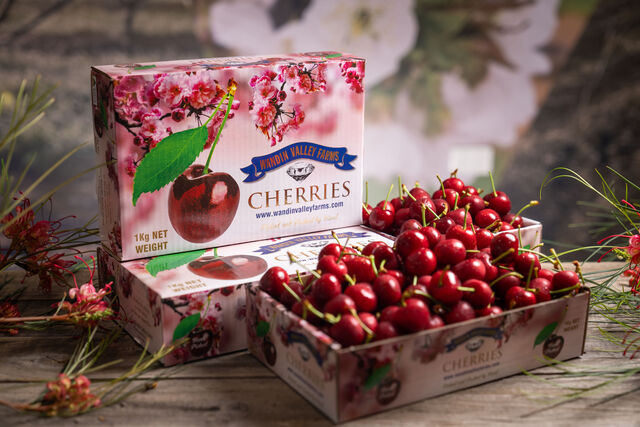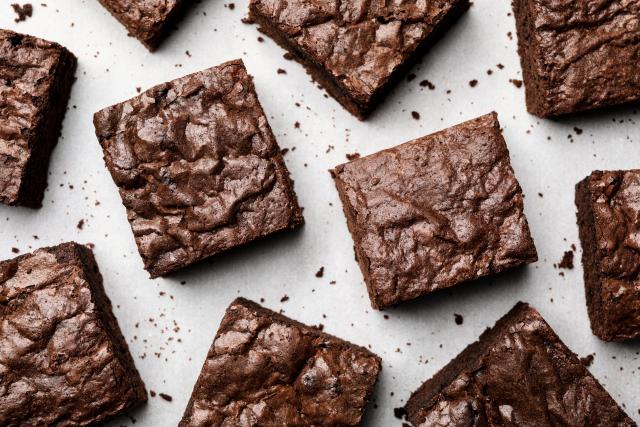It was horrendous.
Alone in my street, I saw neighbouring homes razed to the ground in minutes, among swirling showers of embers and thick, choking smoke that blotted out daylight.
Half an hour earlier I had phoned to cancel a Melbourne visit.
“We have a fire coming to Marysville,” I said, preparing to defend my home of 10 years with hoses and buckets.
Sited within the town grid, I imagined a few houses might be lost on the outskirts.
My medical clinic in the main street should be OK.
The Murrindindi fire started about 30 kilometres away, south of Yea, at 3pm on 7 February 2009 in code red fire conditions.
It was uncontrollable 20 minutes later.
The severe drought, extreme heat over 46 degrees, high winds (to 120 kilometres an hour) and low humidity made for the worst bushfire conditions ever recorded.
By evening there would be nearly 400 fires across Victoria.
Marysville would be in a direct line as the inferno spread out, worsened by the predicted wind change from northerly to south-westerly at 6.30pm, which turned the line of fire into an even wider front.
The warnings were abysmal.
The fire prediction map in Melbourne was not used until too late.
The direction of the massive smoke plume, visible from 3.30pm, was obscured in our valley by Mt Gordon.
Narbethong was razed at 4.30pm, with radio reports only of “ember attack”.
The power went out at 5pm as police, SES, CFA and DSE (now DELWP) did what they could against the inevitable.
There had never been a co-ordinated emergency exercise; their communication channels weren’t linked and became overloaded with traffic.
CFA policy was not to sound the alarm to warn communities.
I drove towards Keppel Lookout and saw spot fires at the trout farm at 5.30pm.
Back in town, winds felled a massive tree, crushing a lady in her car.
After helping with her extraction I had 20 minutes to prepare.
The water pressure was low as everyone used it, and it cut out when fire burnt the mains.
Green shrubs, retaining walls and bollards ignited.
My neighbour’s house erupted, singeing my face and torching into my home.
“We’re going to survive this,” I told my dogs, anchored to my empty car in the street.
I slipped on the wet verandah, smashing a window and cutting tendons in my hand.
It was over, but not safe.
With no thoughts to get anything from inside, we fled to Gallipoli Park where the emergency service crews and about 30 locals sheltered the night amid the destroyed town.
We lost 40 souls in our area, many known to me.
Their life stories emerged in the dozens of funerals to follow.
The survivors spread far afield, into the arms of family, friends and strangers.
Three of us lay people collated a list of survivors (over 400) and set up the Marysville community website.
The relief supplies, volunteers and capital from individuals, organisations, businesses and government were incredible and vital to our recovery.
The Marysville and Triangle Development Group was set up by our federal member, Fran Bailey, and local leaders, to co-ordinate information and assistance.
I’ve been a spokesperson, plus helped regroup our community via MATDG, which faded after the shire’s Community Recovery Committee arrived mid-year.
The workload was massive though, and good to share out.
“Those were the worst of times, and they were the best of times,” to misquote Chaucer.
We bonded strongly via meetings, sausage sizzles, music, comedy, gardens and arts.
Highlights were an audience with the Dalai Lama, a mini-concert by Simon and Garfunkel, and the Sound Relief bands at the MCG.
Our steelpan band ‘Pans On Fire’ continues to wow audiences.
Being a runner, a week after Black Saturday I determined that we would have the Marysville Marathon to bring people back and allow them to show their support.
In the process I met Cassandra – a nurse from Alexandra, where we now live – and set the town abuzz.
The marathon is still going strong each November and we have a seven-year-old daughter, Samantha.
I rebuilt my home for guest rental, taking its name Greenlands from a former guest house that covered the site.
The health centre, other facilities and two resorts arose from the ashes over the years.
Thanks to so many locals and supporters, Marysville is a friendly town again of 400, with old and new residents.
Seared into our psyche, those terrible hours are still replayed, as time covers the wounds.
For many of those directly involved, the fires will be the biggest single event in their lives, more so than births, deaths and marriages.
In my catastrophe, at least I got more than one of those.
The environment is so resilient, with the regrowth showing why we love this place and want people to visit.
Ten years later most people have iPhones and the Vic Emergency app provides incessant updates to watch zones.
With greater fire awareness, plans and warnings we can do so much better.

